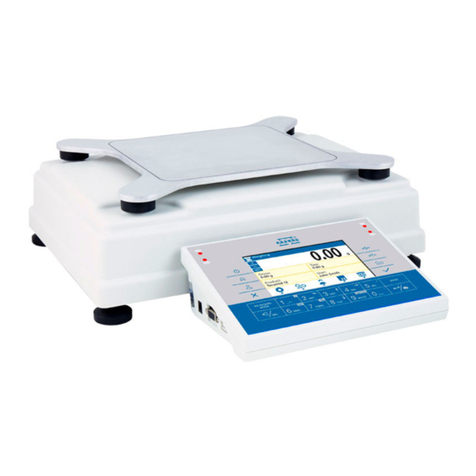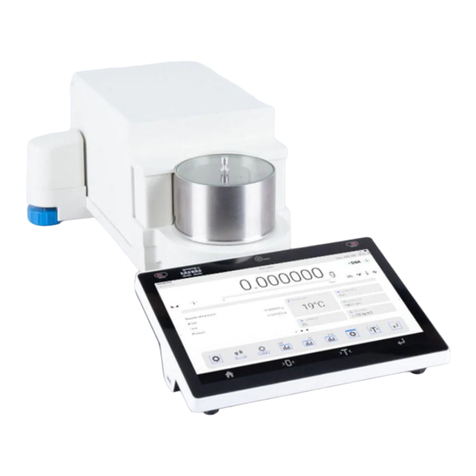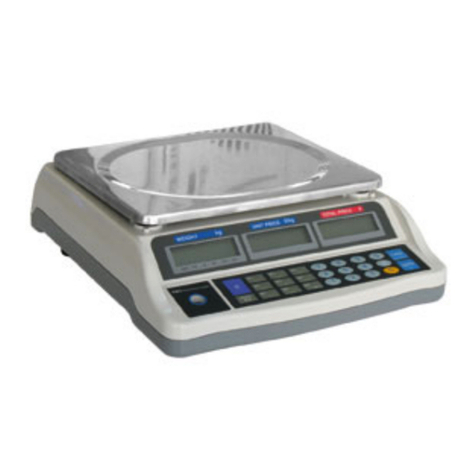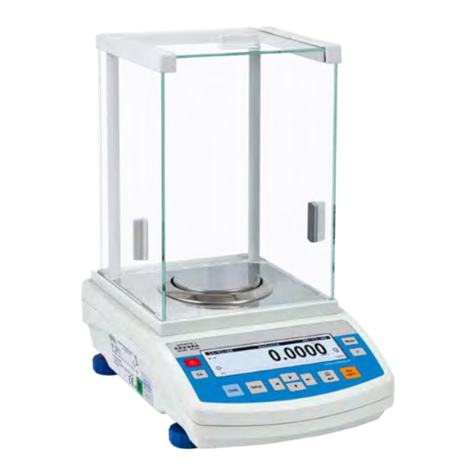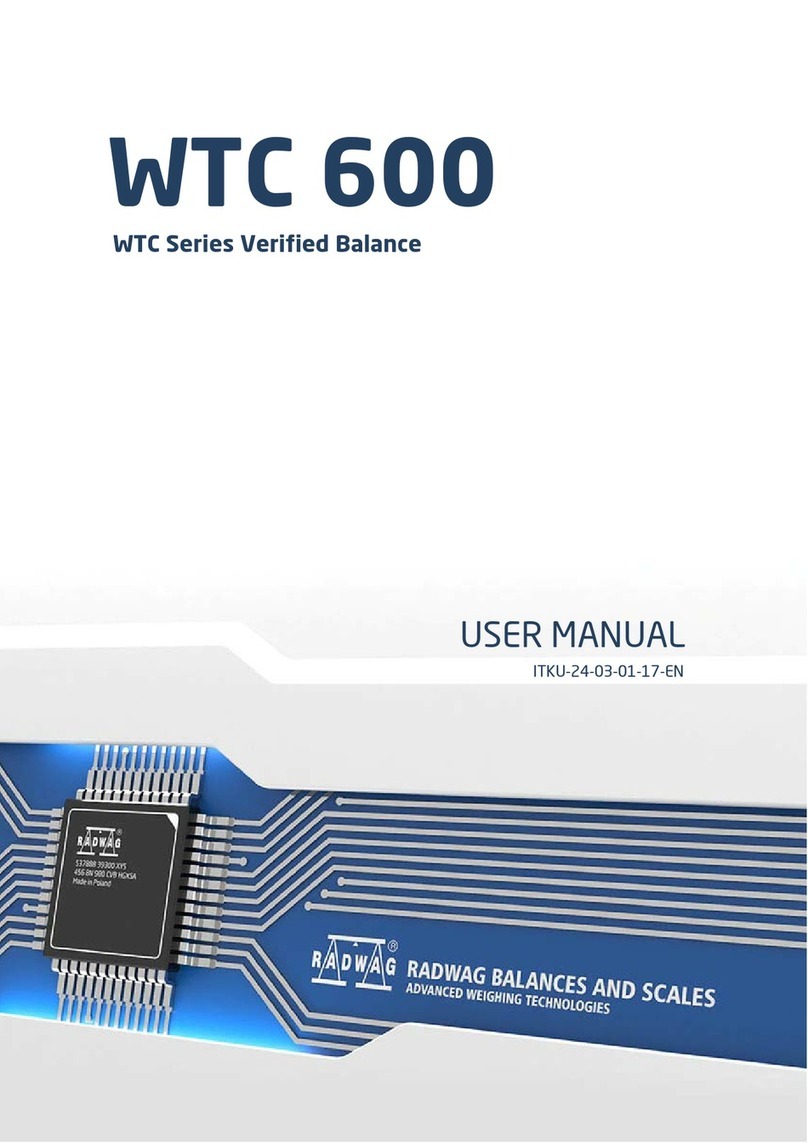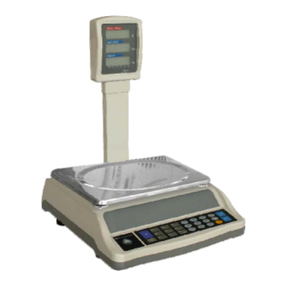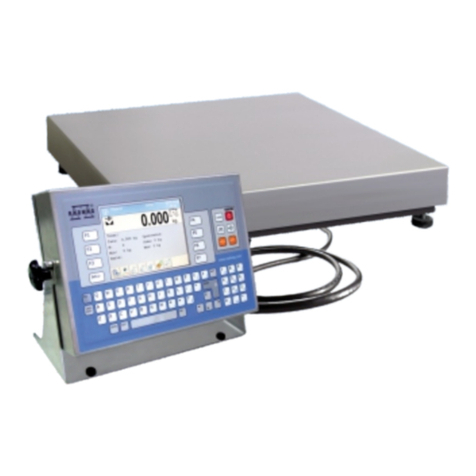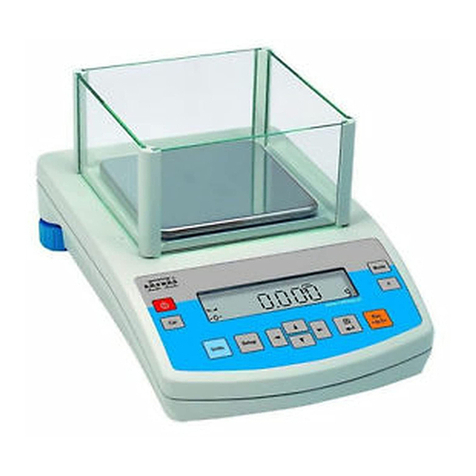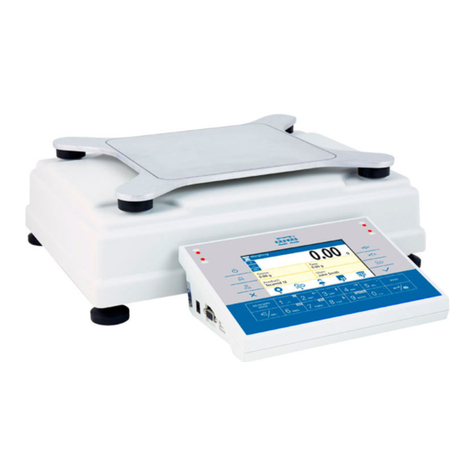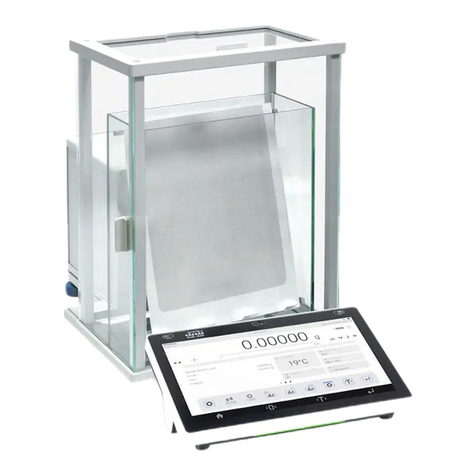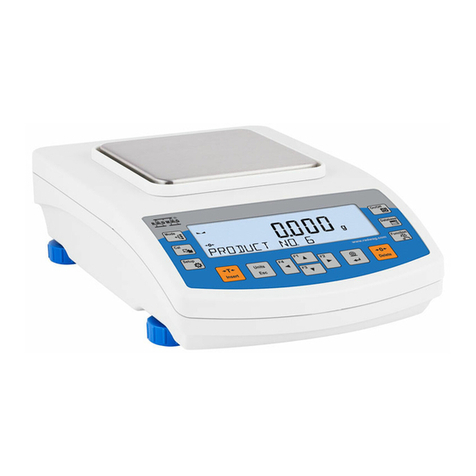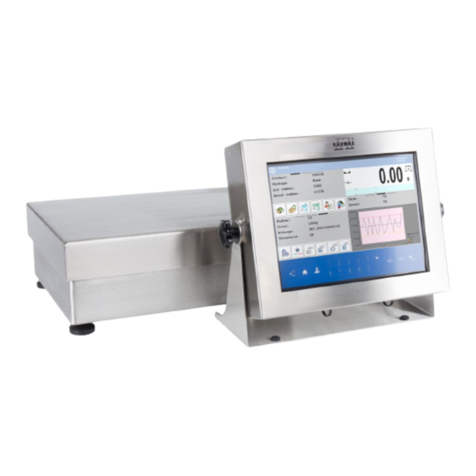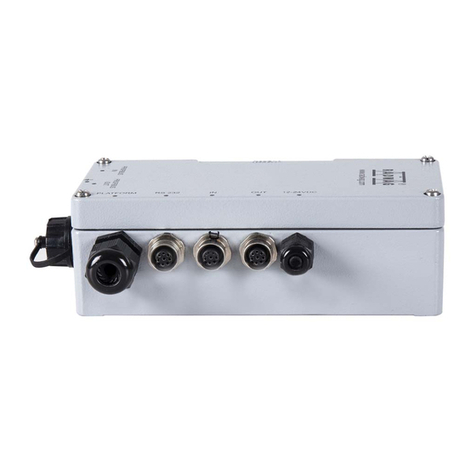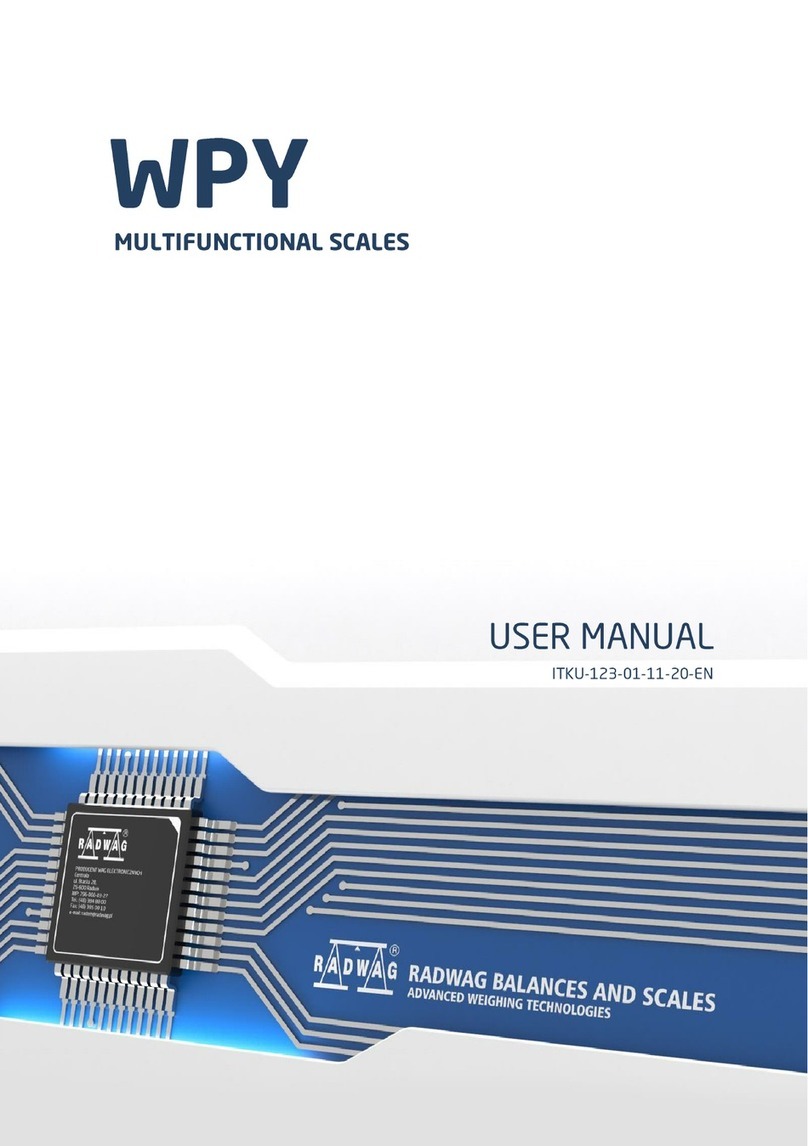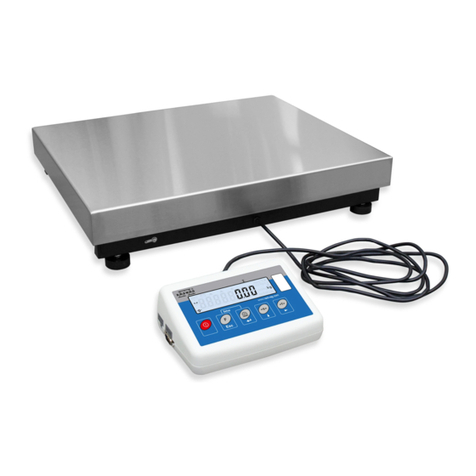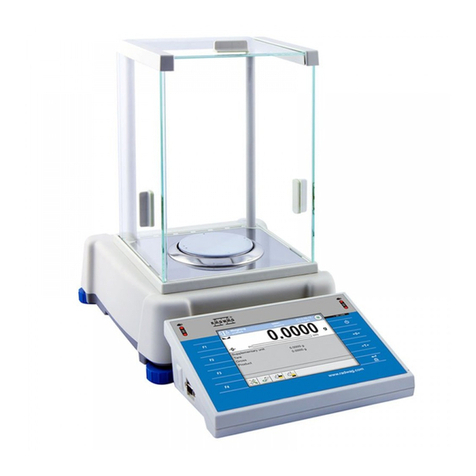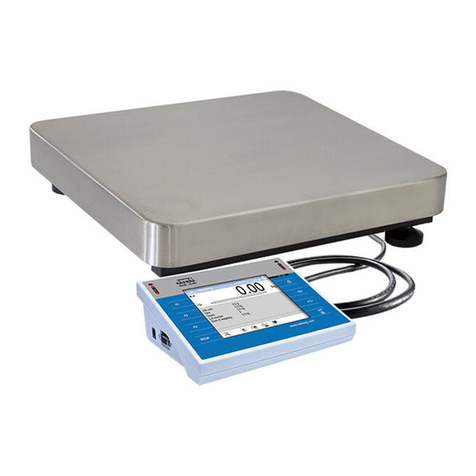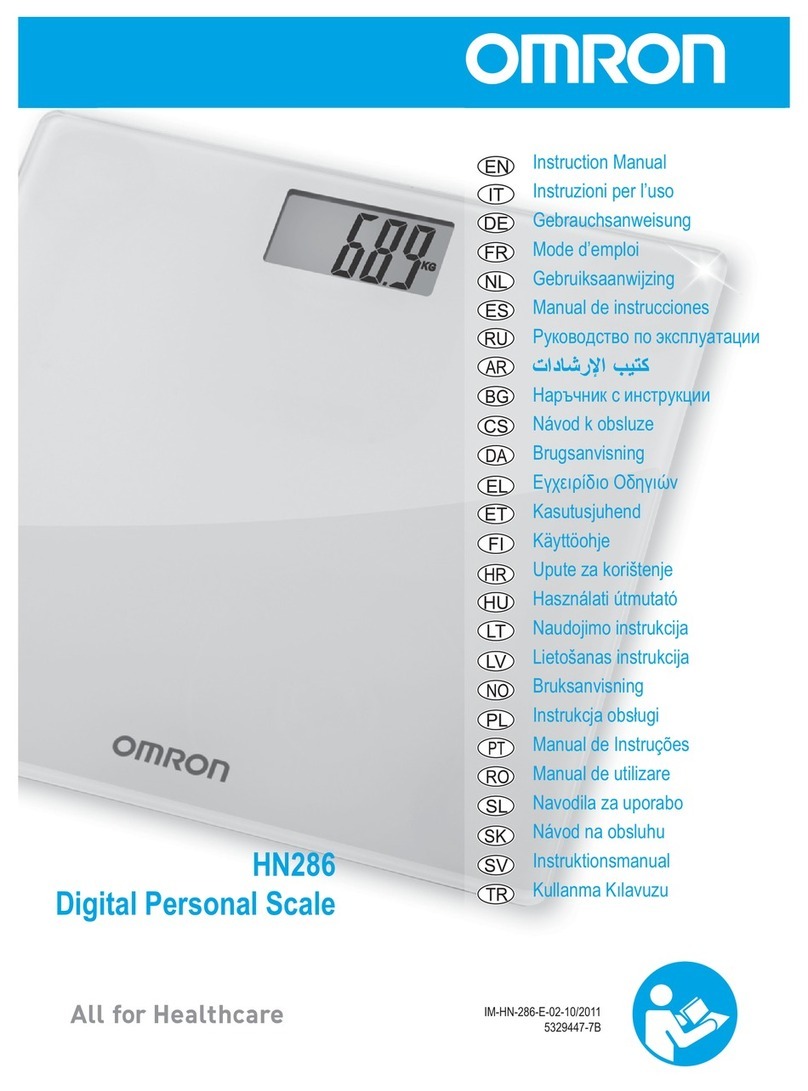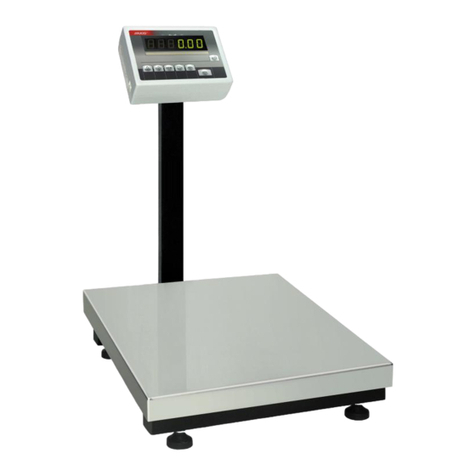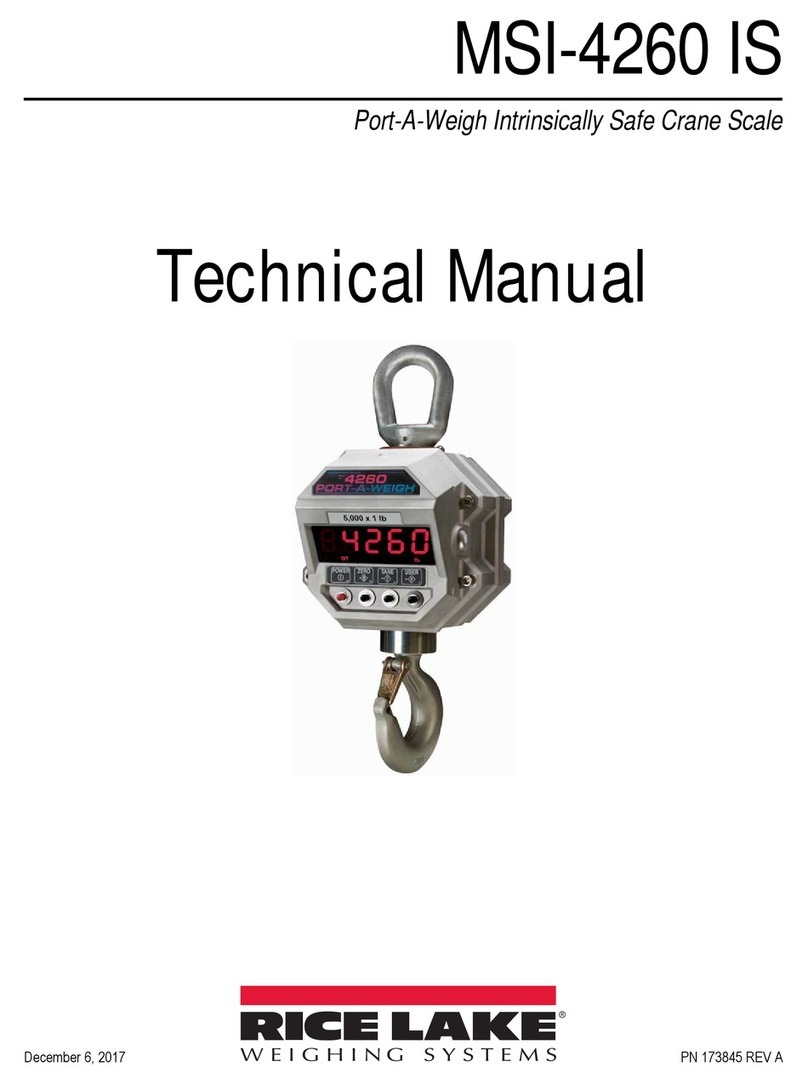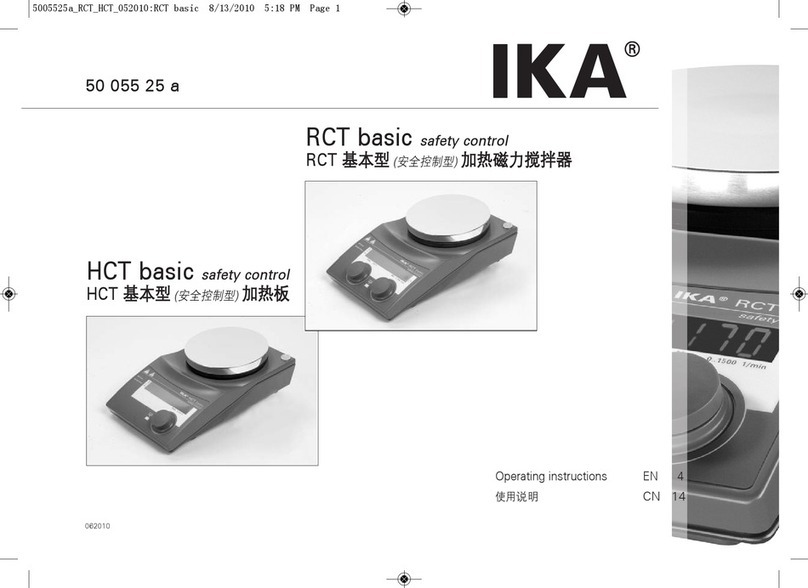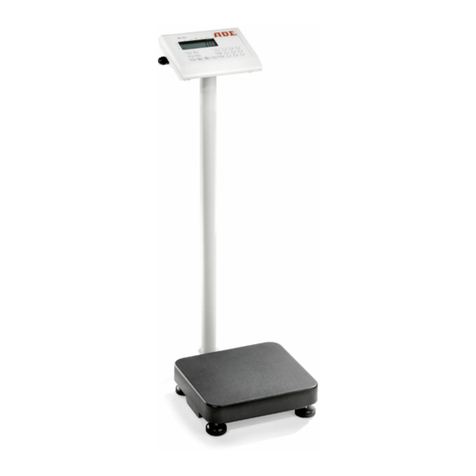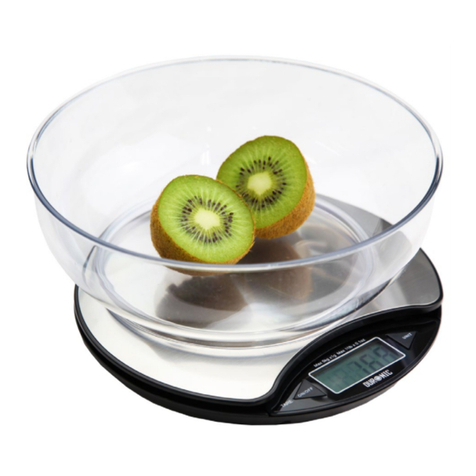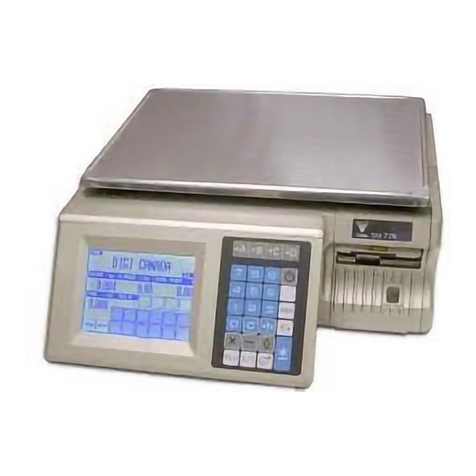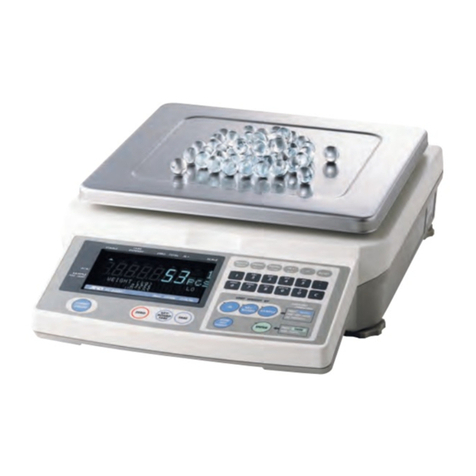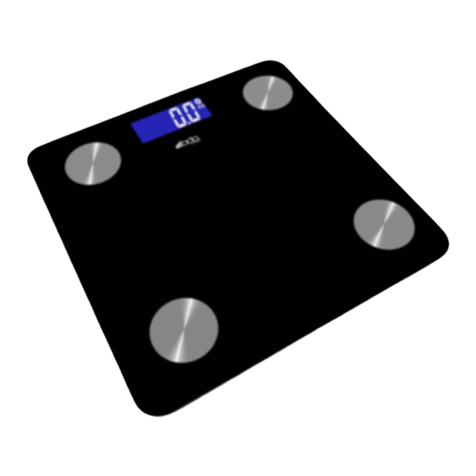
CONTENTS
1. INTENDED USE .................................................................................................................................................5
2. WARRANTY CONDITIONS ...............................................................................................................................5
3. MAINTENANCE..................................................................................................................................................5
3.1. Cleaning Powder-Coated Components.......................................................................................................6
3.2. Cleaning Stainless Steel Components........................................................................................................6
3.3. Cleaning ABS Components.........................................................................................................................6
4. SERVICE AND REPAIR.....................................................................................................................................6
5. RECYCLING.......................................................................................................................................................7
6. MECHANICAL DESIGN..................................................................................................................................... 7
6.1. 1-Load-Cell Scales......................................................................................................................................7
6.2. Multiple-Load-Cell Scales............................................................................................................................7
6.3. Scales with Load-Cell Modules...................................................................................................................8
6.4. Dimensions..................................................................................................................................................8
6.5. Models.........................................................................................................................................................8
6.6. Connectors ..................................................................................................................................................8
6.6.1. Pin Arrangement...............................................................................................................................9
6.6.2. Diagrams of connection cables........................................................................................................9
6.7. Inputs / Outputs .........................................................................................................................................11
6.7.1. Technical Specifications.................................................................................................................11
6.7.2. Schematic Diagrams ......................................................................................................................11
6.7.3. Input / Output Signals.....................................................................................................................11
7. INSTALLATION................................................................................................................................................ 12
7.1. Unpacking and Installation........................................................................................................................12
7.1.1. 1-Load-Cell Plstform Scales of TWM4-x Series.............................................................................12
7.1.2. Platform Scales of TWM4-x.4.xx.C, TWM4-x.4.xx.H, TWM4-x.4.xx.H/Z Series ..........................12
7.1.3. Ramp Scales of TWM4-x.4N Series ..............................................................................................12
7.2. Levelling: 1-Load-Cell Platform Scales.....................................................................................................13
7.3. Levelling: 4-Load-Cell Platform Scales.....................................................................................................14
7.4. Start-Up .....................................................................................................................................................14
8. MwManager HOME SCREEN .........................................................................................................................15
9. OPERATING THE MENU................................................................................................................................. 16
10. WEIGHING .....................................................................................................................................................16
10.1. Good Weighing Practice: 1-Load-Cell Platform Scales..........................................................................17
10.2. Good Weighing Practice: Custom Scales...............................................................................................17
10.3. Zeroing ....................................................................................................................................................18
10.4. Taring ......................................................................................................................................................19
10.5. Dual Range Devices................................................................................................................................ 19
11. TECHNICAL SPECIFICATIONS....................................................................................................................19
12. ERROR MESSAGES .....................................................................................................................................20
